If you're out of paprika, these 10 proven substitutes will save your dish. Here's exactly what to use based on recipe needs: Chili Powder (1:1 swap for sweet paprika), Cayenne Pepper (use 1/4 tsp per tsp paprika for heat), Smoked Paprika (direct substitute), Turmeric (for color), and Aleppo Pepper (fruity heat). Each option has specific use cases for color, heat, and flavor profiles.
Table of Contents
Why Paprika is a Kitchen Staple
Before we get into the alternatives, it's worth understanding why paprika is so popular. Made from ground red peppers, paprika comes in different varieties:
- Sweet paprika: Milder and more aromatic, perfect for seasoning meats and vegetables.
- Smoked paprika: Adds a deep, smoky flavor, ideal for grilled dishes and sauces.
- Hot paprika: Spicier than its sweet counterpart, great for adding heat without the bitterness of chili powder.
Its versatility and ability to enhance both color and taste make it a go-to ingredient for many cooks. But when you run out or simply want to switch things up, knowing what to use instead of paprika becomes essential.
Spice Swaps for Paprika
Here are the top 10 paprika substitutes with precise usage guidelines:
1. Chili Powder
Chili powder is a common substitute for paprika, especially if you're looking for a bit of heat. While it doesn't have the same smoky or sweet notes as paprika, it works well in recipes that need a little kick. Use 1:1 ratio for sweet paprika, but reduce to 3/4 tsp per tsp for smoked paprika to avoid overpowering flavor.
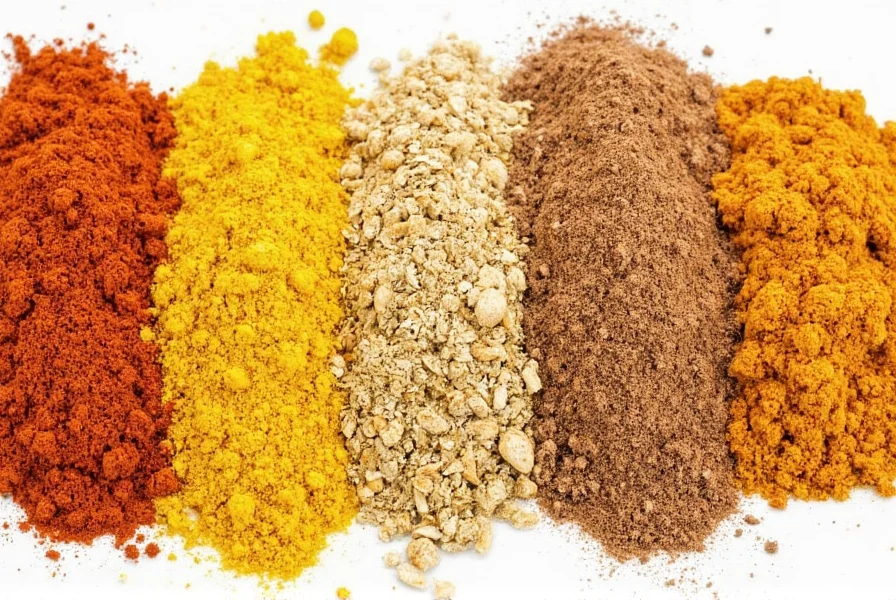
2. Cayenne Pepper
For serious heat, cayenne pepper is ideal. Use 1/4 to 1/2 teaspoon per teaspoon of paprika. It's perfect for chili, tacos, or spicy sauces but lacks paprika's color depth.
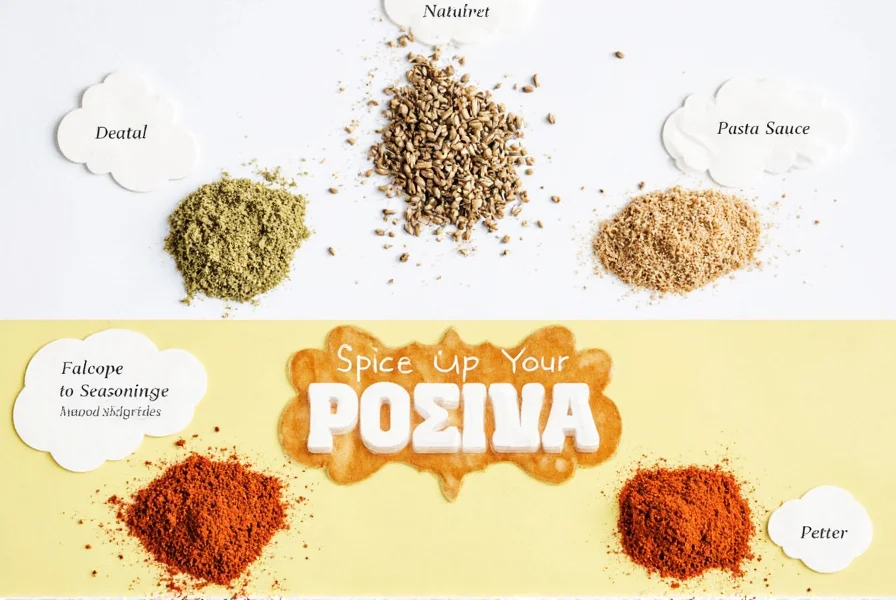
3. Smoked Paprika
Smoked paprika is actually a type of paprika! Use 1:1 ratio for smoky dishes like grilled meats or Spanish chorizo. Check heat levels—some brands are hotter than others.

4. Ground Cumin
Use 1:1 ratio for earthy dishes like curries or roasted vegetables. While it doesn't provide color, its warm flavor complements many paprika-based recipes.
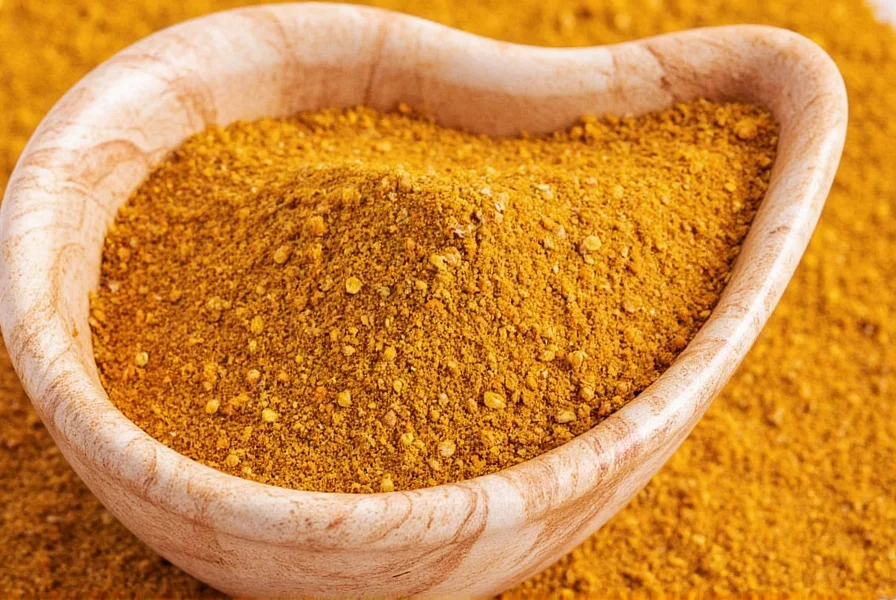
5. Turmeric
Best for yellow color in rice or soups. Use 1:1 ratio for color, but note it has a distinct earthy flavor. Add 1/8 tsp paprika to balance taste if needed.
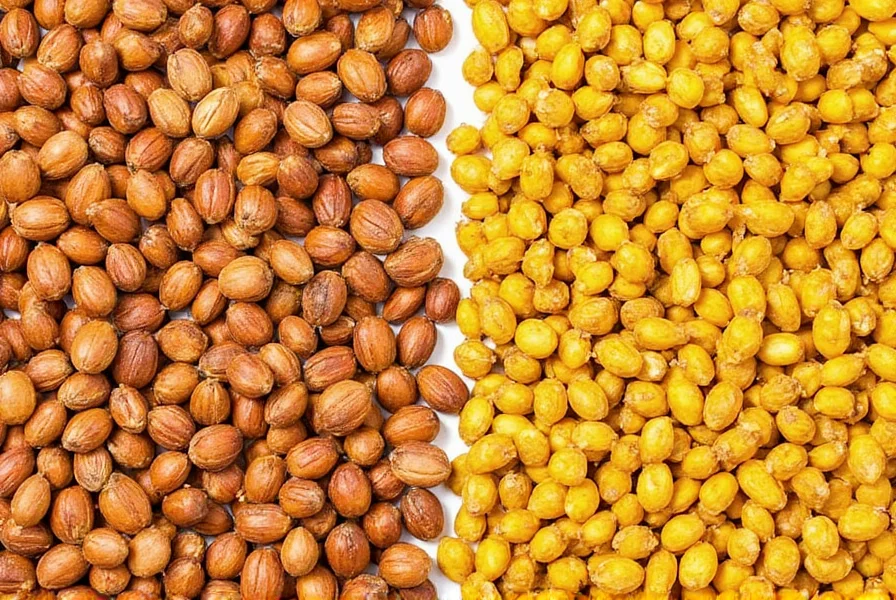
6. Red Pepper Flakes
Use 1/2 tsp flakes per tsp paprika for texture and heat in pasta or pizza. They won't replicate color but add spicy crunch.
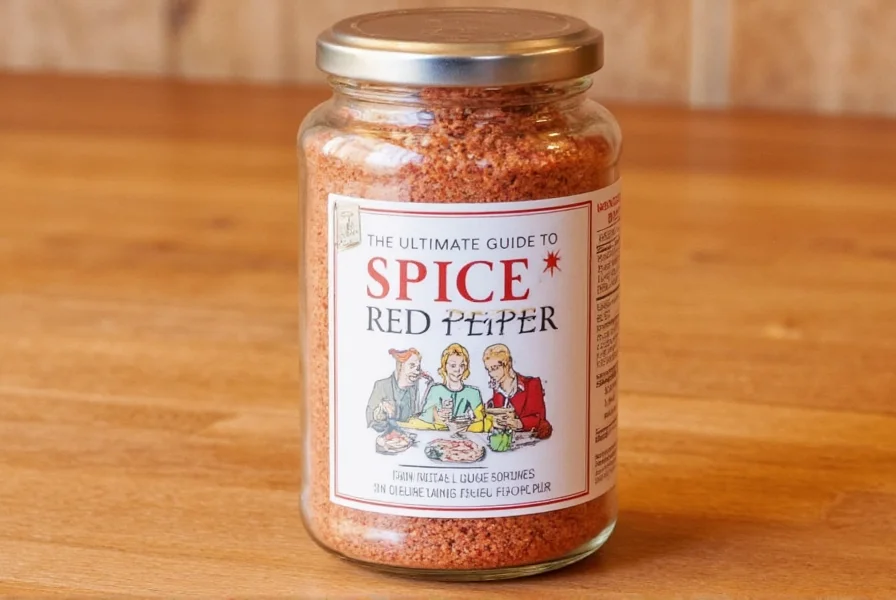
7. Aleppo Pepper
This Middle Eastern spice offers fruity heat. Use 1:1 ratio for Mediterranean dishes. Its mild heat (3,000 SHU) makes it ideal for salads and marinades.
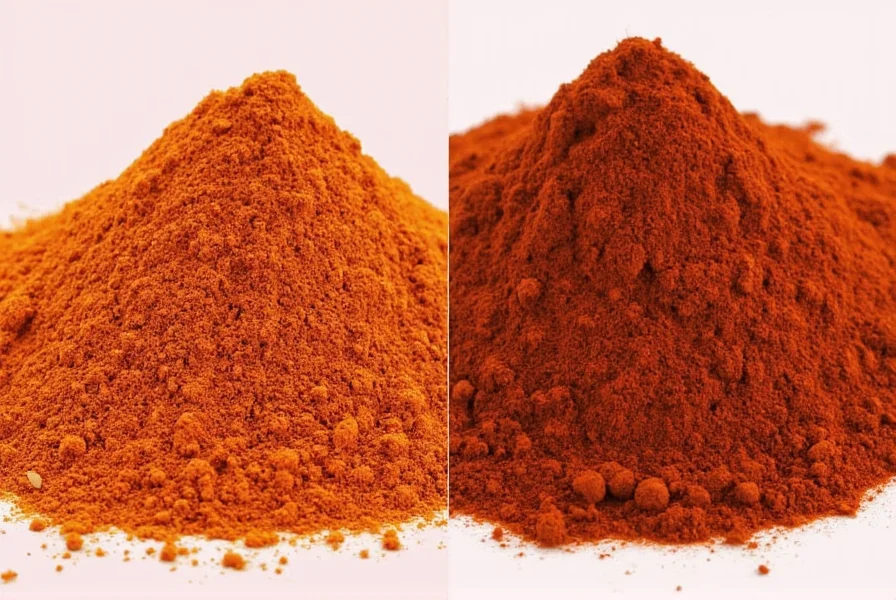
8. Pimentón de la Vera
The premium Spanish smoked paprika. Use 1:1 ratio for authentic paella or chorizo. Look for "dulce" (sweet) or "agridulce" (bittersweet) versions for best results.
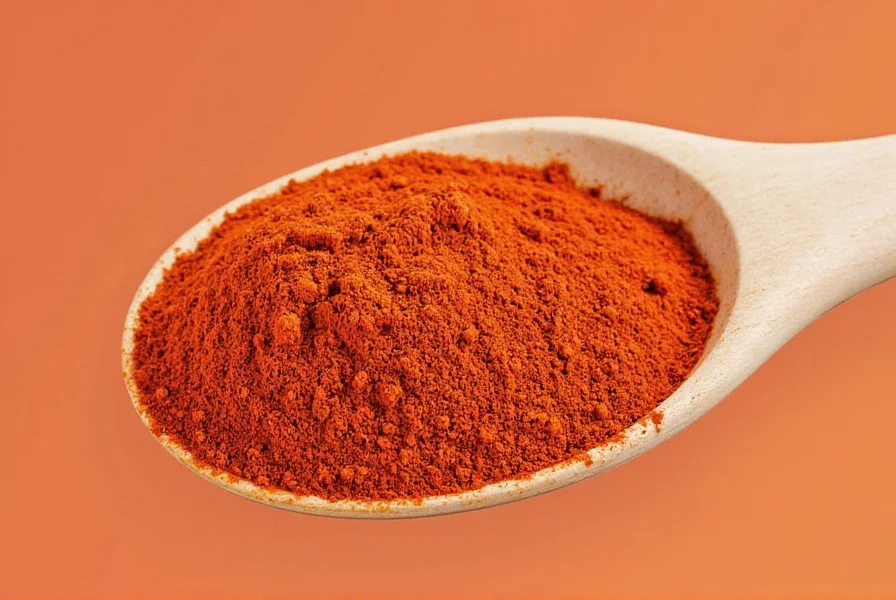
9. Paprika Mixtures
Pre-blended spices like "Spanish seasoning" work for convenience. Use 1:1 ratio but check ingredients—some contain garlic or onion powder that alter flavor.
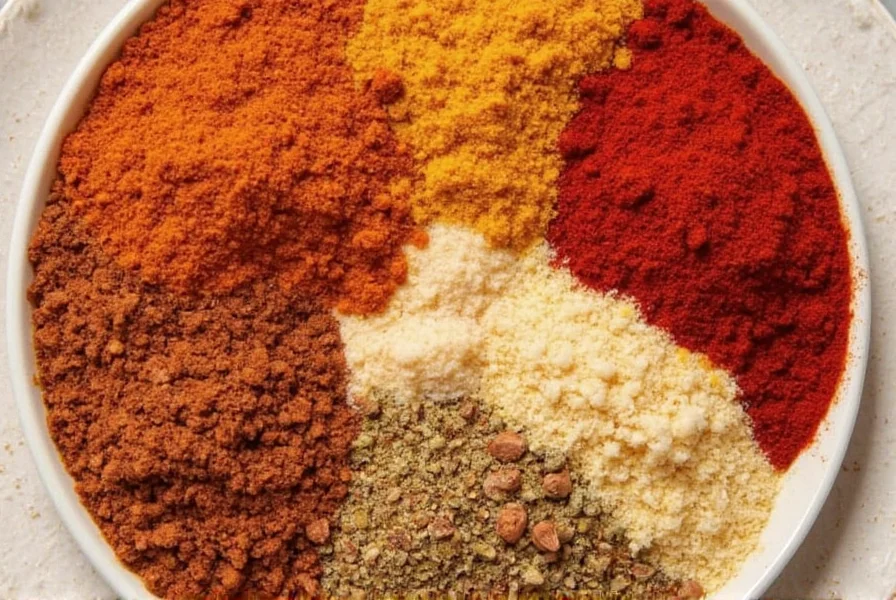
10. Annatto Seed
Best for vibrant red color in Latin American dishes. Grind seeds for powder or use annatto oil. Use 1:1 for color but expect mild pepper flavor.
| Substitute | Flavor Profile | Heat Level | Color | Best For |
|---|---|---|---|---|
| Chili Powder | Mild to medium, with a hint of sweetness | Low to medium | Red-orange | Stews, meats, and dips |
| Cayenne Pepper | Sharp and spicy | High | Deep red | Spicy dishes, sauces, and salsas |
| Smoked Paprika | Smoky, sweet, and complex | Low to medium | Deep red | Grilled meats, soups, and rubs |
| Ground Cumin | Earthy, nutty, and warm | Low | Brownish-yellow | Curries, stews, and roasted vegetables |
| Turmeric | Mild, earthy, and slightly bitter | Low | Yellow | Rice, soups, and baked goods |
| Red Pepper Flakes | Spicy and crunchy | High | Red | Pasta, pizza, and stir-fries |
| Aleppo Pepper | Fruity, slightly sweet, and spicy | Medium | Orange-red | Meats, salads, and Mediterranean dishes |
| Pimentón de la Vera | Smoky, sweet, and rich | Low to medium | Deep red | Spanish dishes, sausages, and sauces |
| Paprika Mixtures | Varies depending on blend | Low to medium | Red-orange | Convenience, general use |
| Annatto Seed | Mild, slightly peppery | Low | Orange-red | Latin American dishes, color enhancement |
Frequently Asked Questions
Can I substitute cayenne pepper for paprika?
Yes, but use 1/4 to 1/2 teaspoon of cayenne for every 1 teaspoon of paprika. Cayenne is significantly hotter than most paprika varieties, so start with less and adjust to taste. It won't provide the same color or sweetness, but works well when you need heat in dishes like chili or spicy rubs.
What's the best substitute for smoked paprika?
Pimentón de la Vera is essentially the same product. If unavailable, use a combination of regular paprika (1 tsp) plus 1/4 tsp liquid smoke for similar depth. Aleppo pepper also offers a comparable smoky-fruitiness in Mediterranean dishes.
Will substitutes change my dish's color?
Yes, significantly. Turmeric creates yellow hues, while annatto seed gives orange-red tones. For closest color match to sweet paprika, use chili powder or paprika mixtures. For smoked paprika's deep red, choose pimentón or cayenne pepper.
How much chili powder equals 1 tsp paprika?
Use 1:1 ratio for sweet paprika substitutes. If replacing smoked paprika, add 1/8 tsp chipotle powder to chili powder for smokiness. Remember chili powder often contains cumin and garlic, which will alter flavor profiles slightly.
Can I make my own paprika substitute?
Absolutely. For sweet paprika: mix 1 tsp chili powder + 1/4 tsp garlic powder. For smoked version: 1 tsp sweet paprika substitute + 1/8 tsp liquid smoke. For hot paprika: add 1/8 tsp cayenne to sweet version. Toast whole dried peppers and grind for fresher flavor.
Conclusion
When you need a paprika substitute, the best option depends on your recipe's specific needs. For color, use turmeric or annatto; for heat, choose cayenne or red pepper flakes; for smokiness, Pimentón de la Vera is ideal. Always adjust measurements based on heat level and flavor profile to maintain dish integrity.
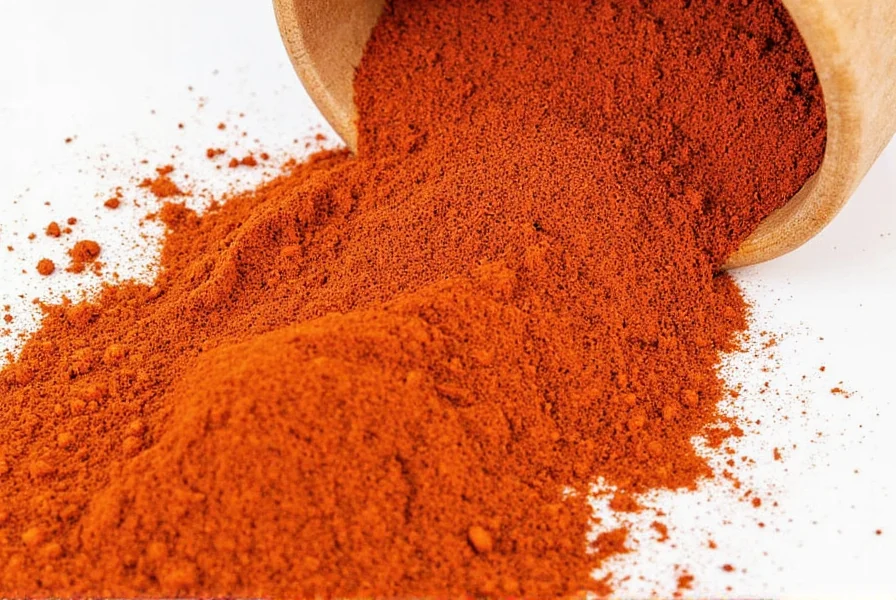










 浙公网安备
33010002000092号
浙公网安备
33010002000092号 浙B2-20120091-4
浙B2-20120091-4